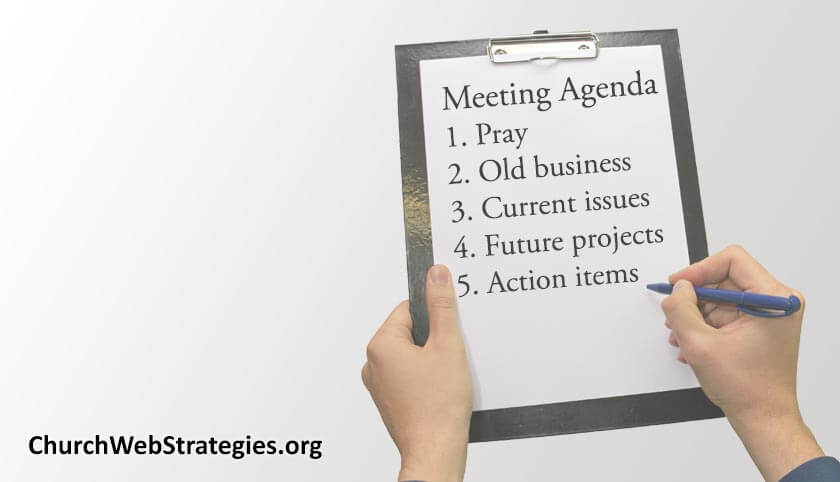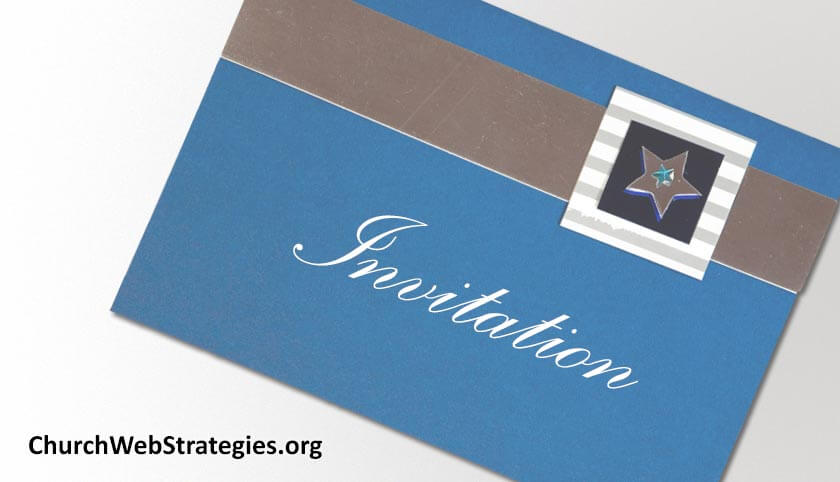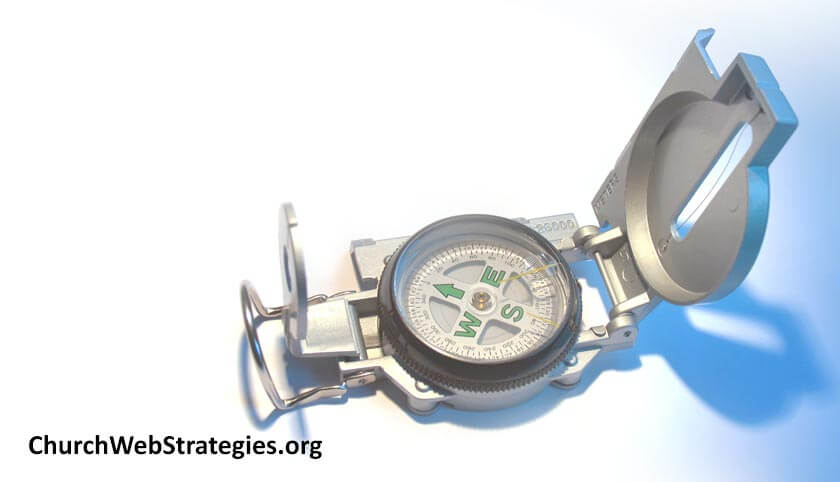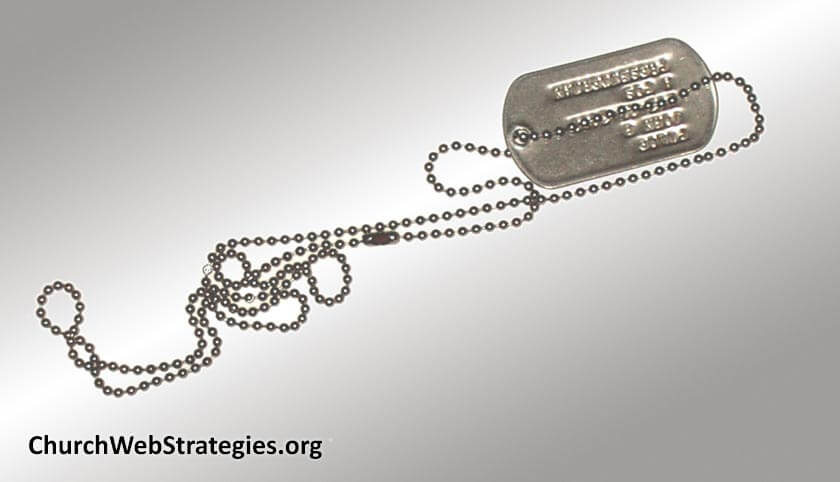In a previous article, I talked about who should be part of your core website team for your church. Yet what should you do once you all get in the same room together? The first few meetings will probably involve creating the church’s overall web strategy, which connects your business goals with how the website will help you obtain them. Subsequent meetings will involve more tactical objectives, including individual projects. But the key to obtaining and eventually measuring success will based on how disciplined you are with both your discussions and documentation.
Category: Articles
Your source for digital ministry and church communications articles since July 2011. Perspectives range from strategic overviews to tactical walkthroughs. Topics include websites, social media, website, web teams, integration with your church, and many more.
Web Team Meetings Part 1: Who To Invite
Church websites often start with one person who knows a little HTML, and the guidance of “go make us a website”. However as more people in the church get involved and interested in what the website can do, decisions become very complicated. So how do you form that winning team? A few key players in your church can meet and help your website exceed the expectations of everyone at your church.
Multi-site Church Web Tips
If you are a church looking to move to a multi-site approach, your website will need to change. Also, if you are a multi-site church, do not rely on using single-site church websites as the inspiration for your design and architecture. Multi-site churches are different and need to present a mix of unity and diversity to effectively reach their intended audiences. Finding that balance is easier than you think when you consider the marketing approaches taken by companies with multiple product lines.
Continue reading “Multi-site Church Web Tips”
Creating a Great Contact Us Page
Your church has an awesome looking website and published great content… so where is the tidal wave of new members? Perhaps people are finding your site and are very interested, but they cannot connect with you. The primary conversion point on most service oriented websites is the “Contact Us” page. By optimizing that page with multiple options, you remove the barriers that hold some people back from reaching out to you.
Continue reading “Creating a Great Contact Us Page”
Writing a Content Strategy Document for your Church
Everything on your website must have a purpose. Just like a Sunday sermon, if you go off on an unnecessary tangent, or leave a key piece of information out; you are doing your listeners an injustice and may lose their attention. I imagine most pastors research and prepare an outline for their sermons. The content on your website should be no different and not treated as something we should do at the last minute. A great tool to focus your efforts is a content strategy document.
Continue reading “Writing a Content Strategy Document for your Church”
Let Love Shine on Your Church Web Site
Although the drivers for my ideas and topics for this blog come from secular sources; you must not forget that your church’s website is a marketing tool for the Kingdom of God. Just like how Jesus commanded us to be different from the world, so must your website. E-commerce sites do everything they can to highlight key features a product. One key feature of Christianity is Christ’s love, so show it on your website in as many ways as possible.
Continue reading “Let Love Shine on Your Church Web Site”
Writing for Your Church Web Site
Writing content for your church website is different than any other type of writing. That is because websites are not printed material. Despite what you think, most people will not read your website; they will scan it. Fortunately plenty of research has been conducted on how people read websites, and we can use this data along with industry best practices, to craft good content for your church’s website. Plus you can do all of this while creating content that search engines will rank high. This may be confusing at first, but a few easy steps will ensure all of your audiences can effectively find and comprehend your content.
Continue reading “Writing for Your Church Web Site”
Creating Your Church Web Site Navigation
Aside from what should be on the home page, few things are harder than determining what the navigation structure should be on your church website. It is not only a technical decision, but a business decisions, and in some cases a political decision. Your primary navigation shapes how people use your site and ultimately how easily they can find information on it. By applying some basic information architecture principles you can come up with a structure that fits your individual church and utilizes common practices on the web.
Continue reading “Creating Your Church Web Site Navigation”
Where Is Your Church Going?
If your church does not set a clear business objective, you do not know where you are going, nor do you have no means to measure success. Business objectives can be both long and short term; from sending a group on a mission trip, hosting a conference, raising membership, or even recording a worship CD. Brainstorming with groups and committees can get a long list of items, leadership can prioritize, and your website can certainly help!
Determining your ROI Part 2: Measuring Returns
In Part 1 of this series I asked you to take a look at what each person in your church brought to the table. I then asked that you compare that to what you spend on getting new members through the door. The greater the difference, the better your return on investment is. One piece I left out was how to measure that gap. Using an analytics tool, you can easily see how users are behaving on your website, and what sources (i.e. your ads) brought them there.
Continue reading “Determining your ROI Part 2: Measuring Returns”
Do Not Force Identities on Users
To this day I still do not understand why some companies force users to self-identify. When trying to buy a computer on a major name brand website, you must often declare if you are a home, student, and business customer. What if you are a part-time student who lives at home while running a small business? What do you choose? For church websites, do not ask if the users is an existing member, prospective member, or anything else. Present content that engages all of your target audiences and they will make their own choice.
Continue reading “Do Not Force Identities on Users”
Determining Your ROI Part 1: Comparing Costs
In a previous article, I said that creating your own website is an investment in both time and money. Like any investment, you want to know what kind of return you are getting. This is often difficult to do for printed media and commercials. Unless someone explicitly tells you they saw your ad, or walks through the door with a flier in hand, you do not know if your money was well spent. However the web gives us many more insights, since every click can be tracked and every contact archived.
Continue reading “Determining Your ROI Part 1: Comparing Costs”












